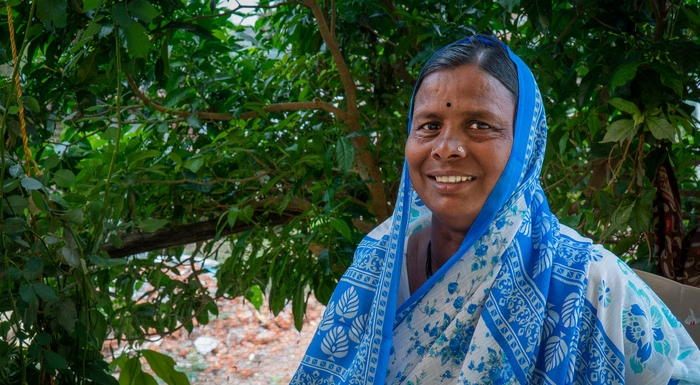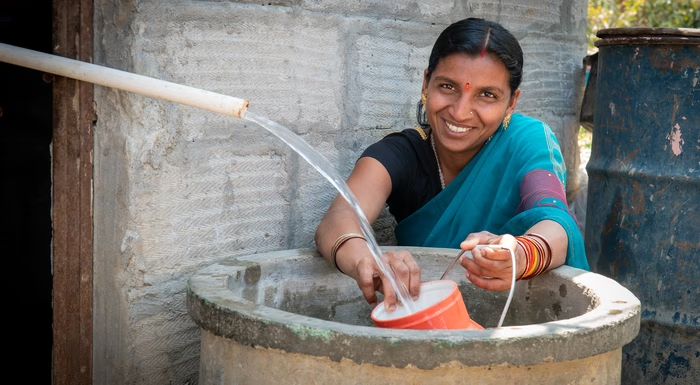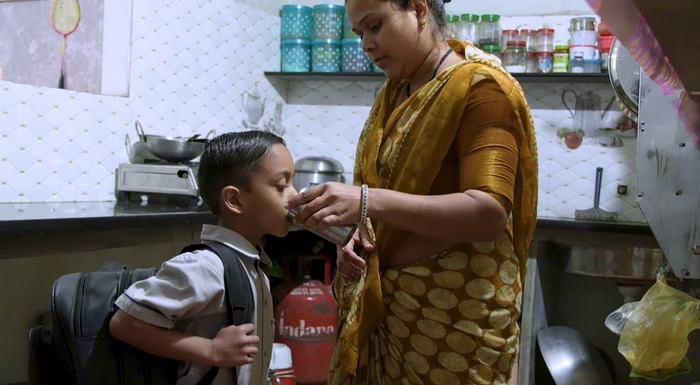How our solutions are working in India
What if the world saw people living in poverty not merely as recipients of aid, but as catalysts for change? What if the most disadvantaged were actually empowered to be the change makers to better their own lives, thus freeing them to achieve their full potential?
Access to safe water is a conduit to help people achieve their full potential. But, access to safe water can be expensive when you are a family living below the poverty line in India. Families living in poverty often pay up to 15% of their household income for water services. It is in this juxtaposition that we understand why some may be prohibited from achieving much more than survival. And, it is why Water.org is connecting with institutions in India to bring solutions to meet the water and sanitation needs of families.
Water.org views all people as having the potential to be catalysts for change – to be part of their own solution. Water.org has found that when given a choice and an opportunity to pay for water and sanitation improvements over a reasonable period of time, families living at the base of the economic pyramid opt to finance long-term solutions versus pay high prices for, or struggle day-to-day, to get that next liter of water.
This is why Water.org developed the solution known as WaterCredit. This solution removes the barriers that separate people from getting access to water through small, affordable loans for needed water and sanitation solutions at home. We are working with some of the largest financial institutions in India to make these loans available, thus allowing people to move beyond struggling to access basic resources like water, and empower them to achieve more in life.
The following photos were taken in January 2016. The collection documents real life moments of families living in the slums of India, and how they experience the costs of water - from paying high premiums to water distribution vendors just to fill their vessels with enough to get by, to lives liberated from paying those coping costs, now unbound by the expense of water and looking ahead to untapped opportunities…all because they were able to finance their own water solutions.
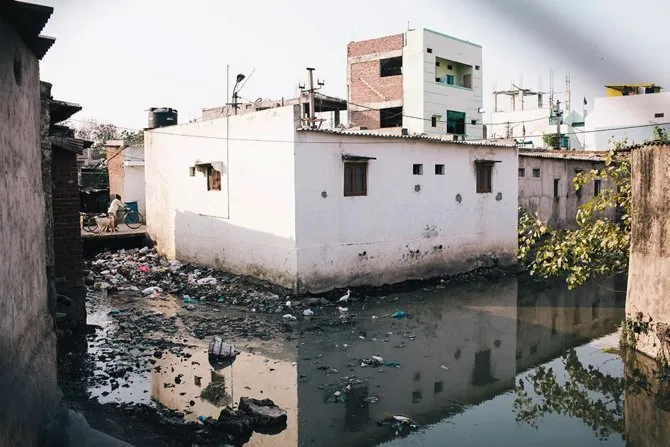
Mysore, India – January 4, 2016 India’s huge and growing population is putting a severe strain on all of the country’s natural resources. At this time, India’s total population was around 1.25 billion people. Of that total, about 41% of the people lived below the poverty line, and 99 million didn't have access to safe water at home. Most water sources are contaminated by sewage and agricultural runoff. India has made progress in the supply of safe water to its people, but gross disparity in coverage exists across the country.
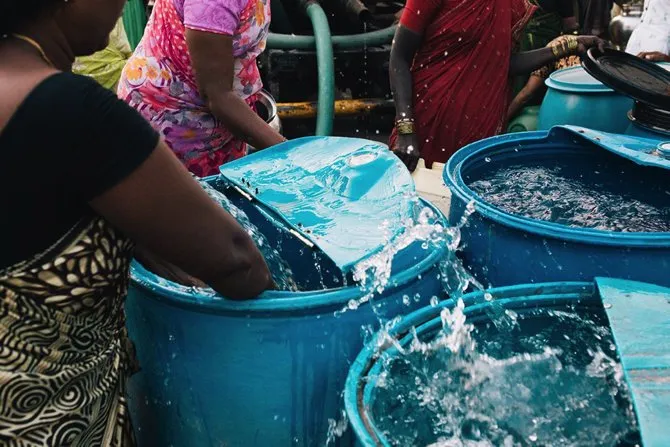
Hyderabad, India – January 2, 2016 Just before dusk, around 5:00 o’clock in the evening a water truck arrives to the slum known as Rasoolpur. A common scene across the country, women rush to fill as many vessels as they could after the truck releases water through a hose into these blue barrels. Within minutes the truck is gone, and the women extract most of the water from the barrels into their smaller vessels.

Hyderabad, India – January 2, 2016 A woman walks home after the evening water delivery in Rasoolpur.
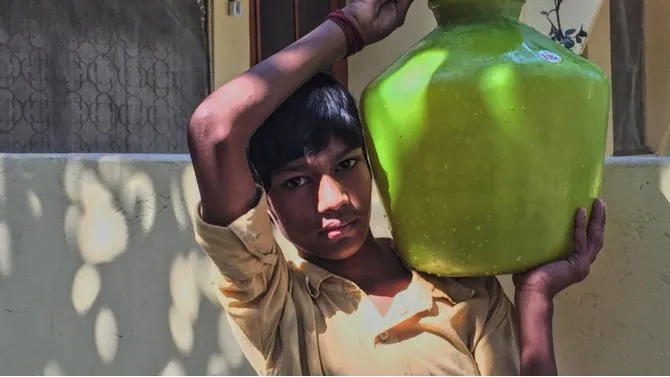
Hyderabad, India – January 3, 2016 Just before breakfast a young boy returns home from a water kiosk where his mother sent him to purchase water. Whether they are paying high prices to buy water, or walking to a distant well or pond to get it – globally, women and girls spend 200 million hours each day collecting water.
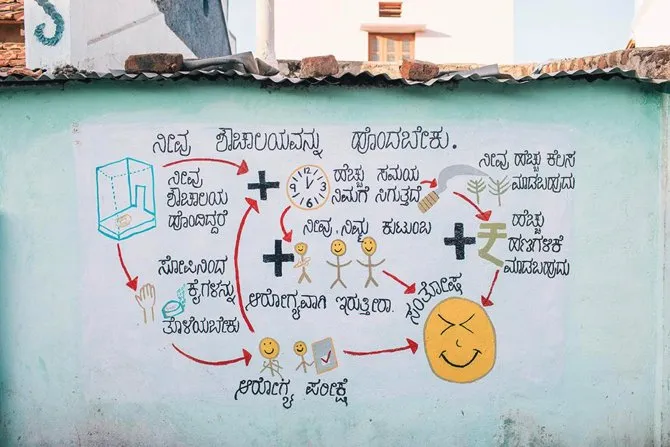
Mysore, India – January 4, 2016 Painted on a wall facing the street in Hyderabad, is a reminder of the importance of using toilets for defecation, and clean water to wash hands. The graphic goes on to explain the benefits of safe water. Since the launch of Prime Minister Modi’s swachh bharat initiative, PSA’s are commonly seen across India, emphasizing the importance of using clean water and toilets as one of the ways to help clean up India. Through Water.org and their partner organizations, households are able to afford the solutions necessary to have safe drinking water and better health and hygiene.
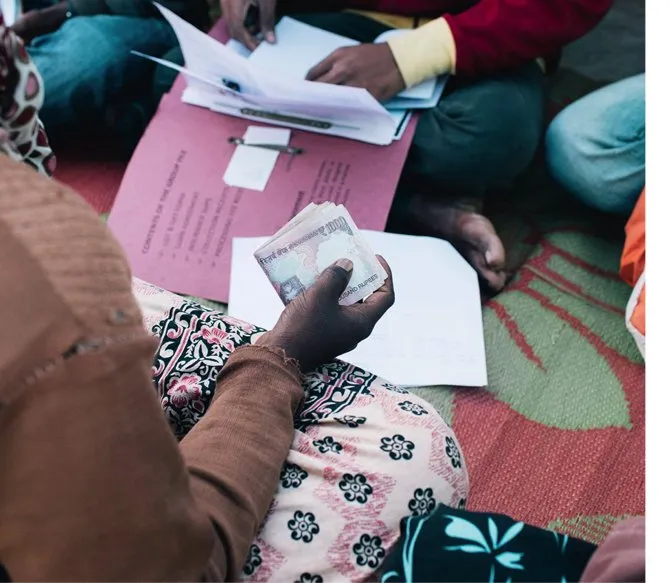
Aralumallige Village, India – January 6, 2016 A woman makes a payment toward her loan for a water tap. Previously recipients of charitable aid, the villagers in Aralumallige welcome the opportunity to finance their own water taps and toilets because for them, the payments are only temporary but yield more permanent solutions that they can call their own. There is pride and dignity not only in being able to give your family safe drinking water and a private place to relieve oneself, but also in paying for those solutions - making them truly your own.
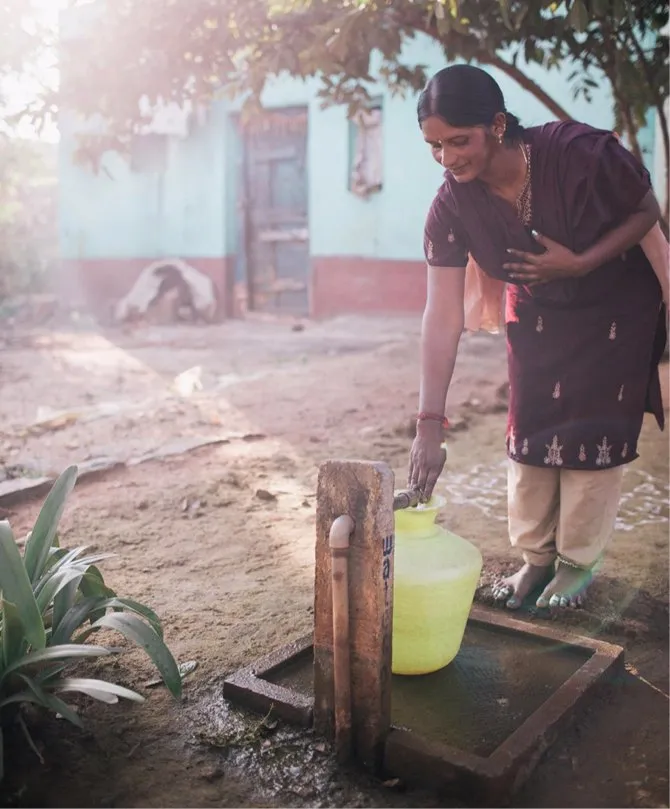
Mahahalli Village, India – January 6, 2016 It was evening when this woman walked just a few feet from her doorstep to fill her vessel with water; water from the tap she paid to construct.
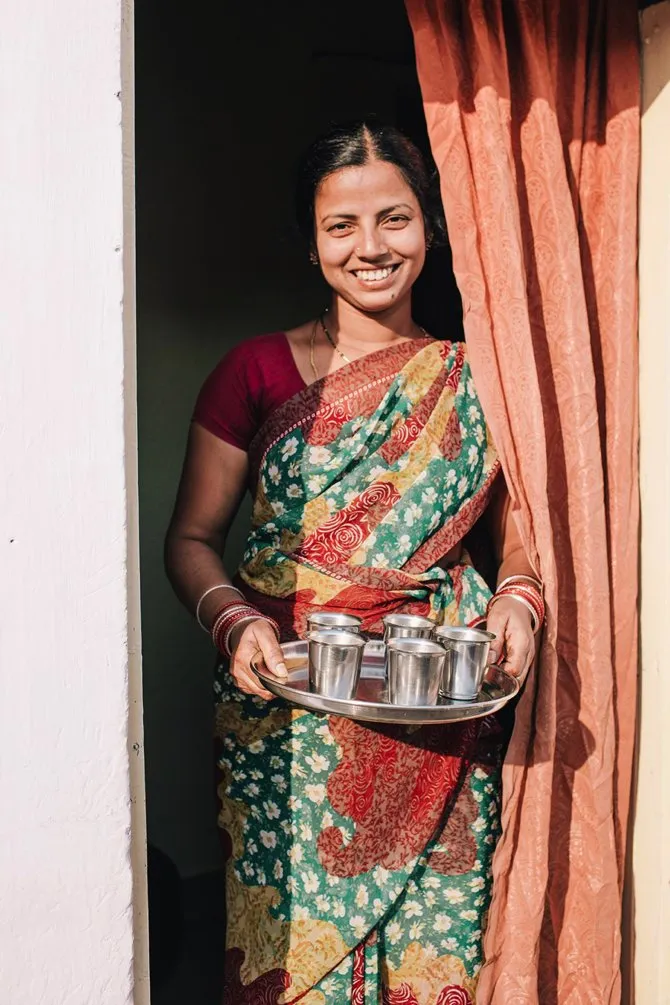
Hyderabad, India – January 2, 2016 Usha brings tea to her backdoor to share with friends and neighbors. Here in the slum of Rasoolpur, Usha is one of many women taking a WaterCredit loan to construct a water tap at home. Her husband is a taxi driver and with his income, the couple has been able to repay the loan. Now, rather than walk to source water each day, Usha spends her afternoons teaching her young children to read.
